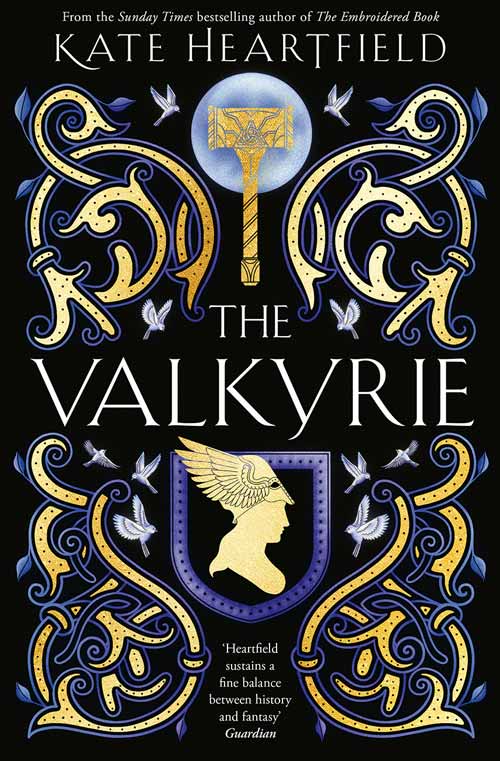The Tolstoy Estate
Steven Conte describes his second novel, shortlisted for the Walter Scott Prize, as the ‘love child’ of War and Peace and the less well-known novel, Eve Curie’s Journey Among Warriors (1943). It is October-November, 1941. Germany has invaded Russia; the Wehrmacht are pushing towards Moscow; temperatures are plummeting to fatal lows. A team of German medics arrive at the gates of Yasnaya Polyana, Tolstoy’s country estate, located 12 kms from the front at Tula. Paul Bauer, German farmer turned military surgeon, and his team are met by the hot-headed Katerina Dmitrievna Trubetzkaya and her staff, who manage the estate. Trubetzkaya is infuriated by the intrusion of the German forces on the cultural site. We learn this frustration is amplified by the fact that Trubetzkaya was a Soviet novelist in her youth and a Party member amidst the Revolution.
This literary historical page-turner (and in some ways love letter to Tolstoy) is driven forward as Bauer’s grasp of Russian sees him delegated by his superior officer, Metz, as interlocutor between the Germans and Trubetzkaya. As a result, Bauer and Trubetzkaya strike up an unlikely romantic bond that is at conflict with the Reich’s race laws. Between intense periods of performing surgery, Bauer stumbles upon a German translation of War and Peace in Tolstoy’s library and commences the process of re-reading the Russian classic. The novel becomes a point of seeing eye to eye between Bauer and Trubetzkaya.
Conte’s greatest achievement is the self-reflexive weaving of War and Peace, and the legacy of Tolstoy, throughout the scenery and plot of each character’s experience of Tolstoy’s residence. There is also a wonderful playfulness between characters that gives the work a luminous quality. I found the level of medicinal detail impressive but thought at times it threatened to detract from the narrative flow. Another reader may revel in the attention to historical detail.










